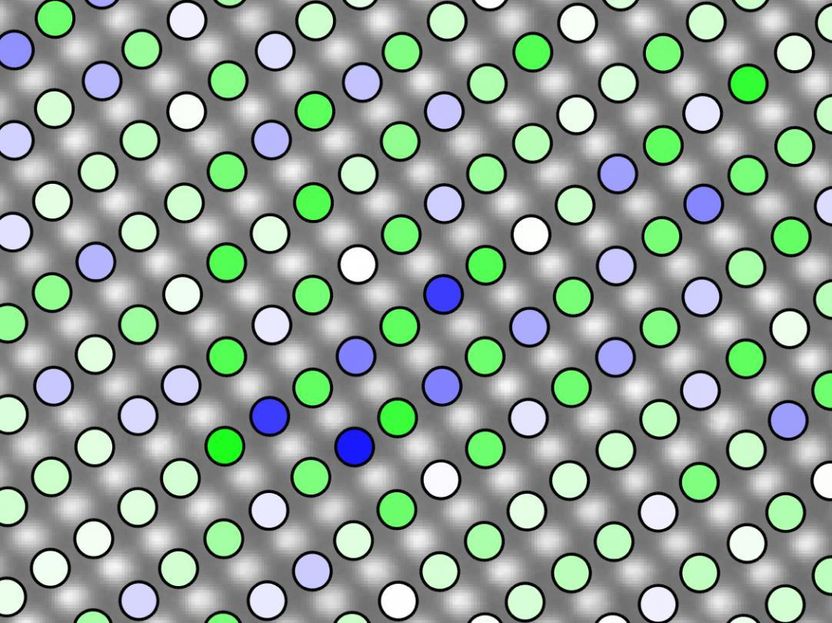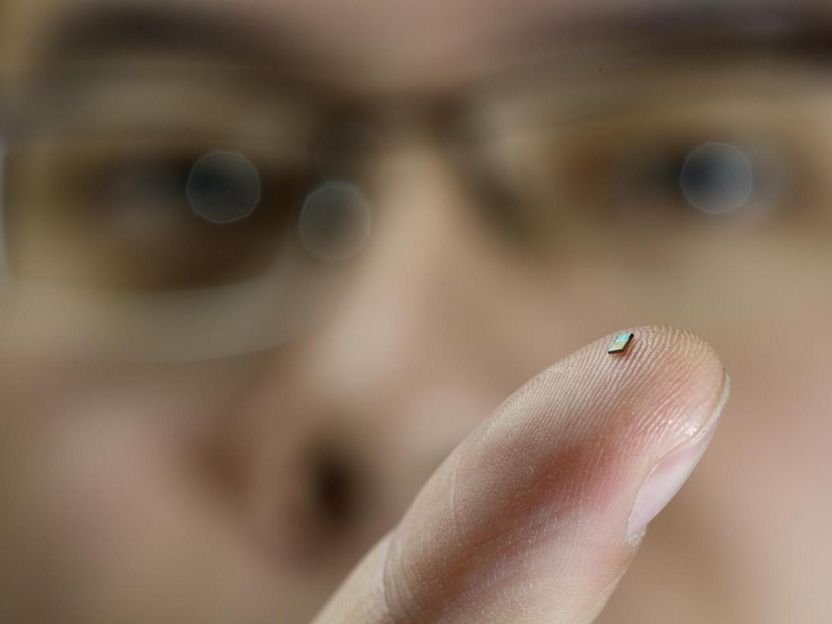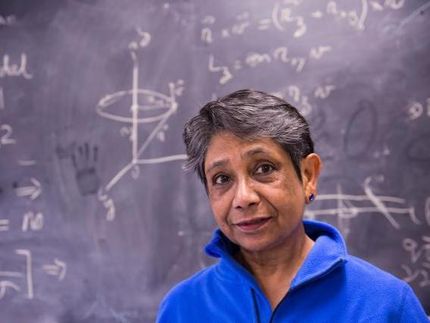Researchers from the University of Zurich discover new particle at CERN
Advertisement
Physicists from the University of Zurich have discovered a previously unknown particle composed of three quarks in the Large Hadron Collider (LHC) particle accelerator. A new baryon could thus be detected for the first time at the LHC. The baryon known as Xi_b^* confirms fundamental assumptions of physics regarding the binding of quarks.
In particle physics, the baryon family refers to particles that are made up of three quarks. Quarks form a group of six particles that differ in their masses and charges. The two lightest quarks, the so-called “up” and “down” quarks, form the two atomic components, protons and neutrons. All baryons that are composed of the three lightest quarks (“up”, “down” and “strange” quarks) are known. Only very few baryons with heavy quarks have been observed to date. They can only be generated artificially in particle accelerators as they are heavy and very unstable.
In the course of proton collisions in the LHC at CERN, physicists Claude Amsler, Vincenzo Chiochia and Ernest Aguiló from the University of Zurich’s Physics Institute managed to detect a baryon with one light and two heavy quarks. The particle Xi_b^* comprises one “up”, one “strange” and one “bottom” quark (usb), is electrically neutral and has a spin of 3/2 (1.5). Its mass is comparable to that of a lithium atom. The new discovery means that two of the three baryons predicted in the usb composition by theory have now been observed.
The discovery was based on data gathered in the CMS detector, which the University of Zurich was involved in developing. The new particle cannot be detected directly as it is too unstable to be registered by the detector. However, Xi_b^* breaks up in a known cascade of decay products. Ernest Aguiló, a postdoctoral student from Professor Amsler’s group, identified traces of the respective decay products in the measurement data and was able to reconstruct the decay cascades starting from Xi_b^* decays.
The calculations are based on data from proton-proton collisions at an energy of seven Tera electron volts (TeV) collected by the CMS detector between April and November 2011. A total of 21 Xi_b^* baryon decays were discovered – statistically sufficient to rule out a statistical fluctuation.
The discovery of the new particle confirms the theory of how quarks bind and therefore helps to understand the strong interaction, one of the four basic forces of physics which determines the structure of matter.
Most read news
Organizations
Other news from the department science

Get the chemical industry in your inbox
By submitting this form you agree that LUMITOS AG will send you the newsletter(s) selected above by email. Your data will not be passed on to third parties. Your data will be stored and processed in accordance with our data protection regulations. LUMITOS may contact you by email for the purpose of advertising or market and opinion surveys. You can revoke your consent at any time without giving reasons to LUMITOS AG, Ernst-Augustin-Str. 2, 12489 Berlin, Germany or by e-mail at revoke@lumitos.com with effect for the future. In addition, each email contains a link to unsubscribe from the corresponding newsletter.
Most read news
More news from our other portals
Last viewed contents
Cutting edge research results with a click of the mouse - CHEMIE.DE Information Service® starts its new search facility of scientific publications in chemistry and life science
Injecting carbon dioxide to extract methane from methane hydrate deposits?
Soft_water
Bay_mud
Implementation of Global License of Aureus Pharma's Knowledge Databases by GlaxoSmithKline

Atomic structure of ultrasound material not what anyone expected

The world's tiniest temperature sensor is powered by radio waves

Breakthrough: Scientists develop artificial molecules that behave like real ones - The uses of this new technique are endless: ‘We have only begun to imagine what we can use this for. We have so many ideas...’



























































